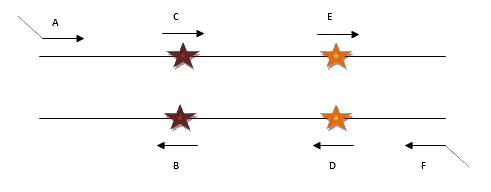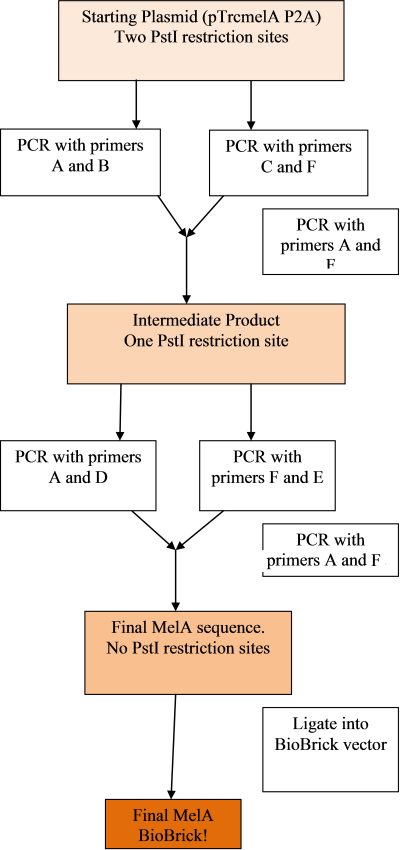Team:Cambridge/Project/ME02
From 2009.igem.org
(Difference between revisions)
(→Constructing the BioBrick) |
MikeDavies (Talk | contribs) |
||
| Line 4: | Line 4: | ||
<!-- This is for the top grey / blue links bar !--> | <!-- This is for the top grey / blue links bar !--> | ||
| - | {{Template: | + | {{Template:Cambridgetemplatetop2}} |
[https://2009.igem.org/Team:Cambridge/Project/ME01 Background] | [https://2009.igem.org/Team:Cambridge/Project/ME01 Background] | ||
[https://2009.igem.org/Team:Cambridge/Project/ME02 Design] | [https://2009.igem.org/Team:Cambridge/Project/ME02 Design] | ||
Latest revision as of 01:27, 22 October 2009
Categories :
Project :
-
Overview
Sensitivity Tuner
--- Characterisation
--- Modelling
Colour Generators
--- Carotenoids (Orange/Red)
--- Melanin (Brown)
--- Violacein (Purple/Green)
The Future
Safety
Notebook :
Team Logistics :
Melanin Pigment
Design
Constructing the BioBrick
Biobrick
Our aim is to make the MelA gene into a biobrick as follows:
| Registry Code | Type | Sequence Description / Notes | Length |
|---|---|---|---|
| Reporter | 'MelA. The gene (melA) codes for a tyrosinase which produces a dark brown pigment from L-tyrosine. Production of the pigment requires the addition of copper and L-tyrosine supplements (the copper acts as a cofactor for the gene product) but no other precursors. The BioBrick sequence includes the native ribosome binding site. | 1844bp |
In order to do so, we had to remove forbidden restriction sites within the gene using primers and the in-fusion PCR technique. Primers were ordered as shown by the image below, to add the prefix and suffix and change the PstI restriction site from CTGCAG to CTGCAA:
The PCR's will be done in the following steps, in order to remove both sites and prepare the gene as a biobrick:
 "
"


